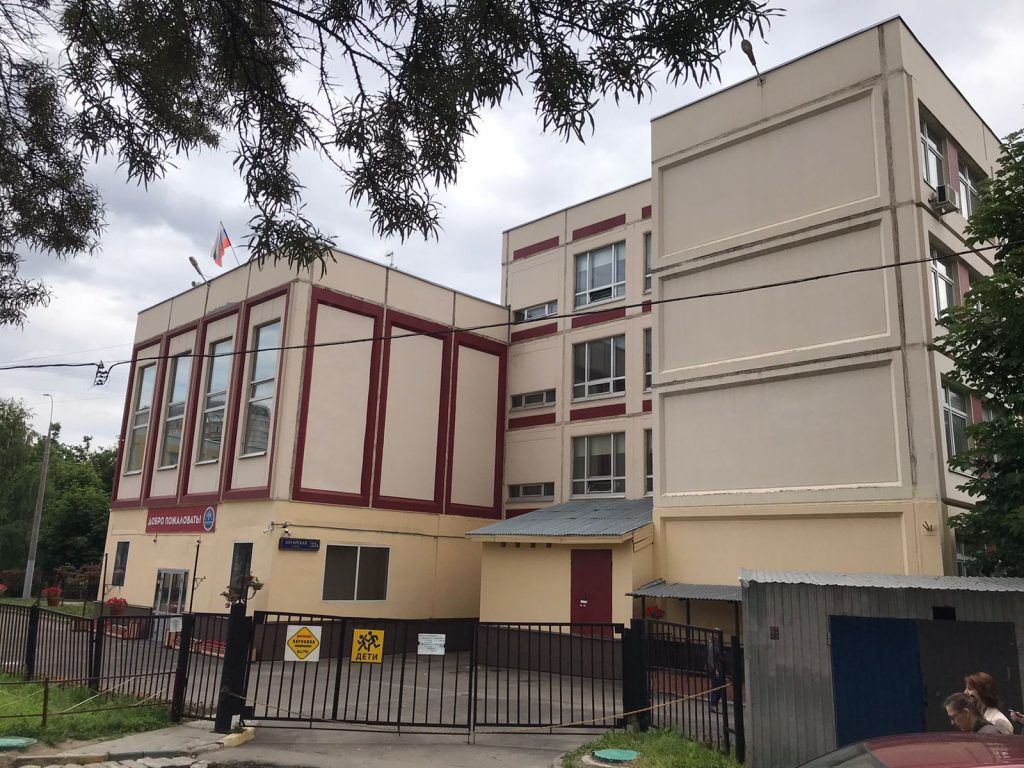Lev Mikhailovich
Dovator
1903-1941

Lev Mikhailovich Dovator was the commander of the 2nd Guards Cavalry Corps of the 16th Army of the Western Front, Guards Major General. He was born on February 7 (20), 1903 in the village of Khotino, the Vitebsk province (now the Beshenkovichi district, the Vitebsk region, the Republic of Belarus) in a peasant family. He was Belarusian. He finished the parochial school and the second stage school (1921) in the nearby village of Ulla. He worked in Vitebsk at a flax spinning factory. In 1922, he was elected as the secretary of the Khotyn volost Committee of the Komsomol, then the secretary of the rural committee of the poor. He graduated from a one-year art school in Vitebsk in 1923. He was a member of the CPSU (b) since 1928. He joined the ranks of the Red Army voluntarily in September 1924. Until February 1925, he was in charge of a warehouse in the 7th Samara Cavalry Division of the Western Military District in Minsk. In 1925 he completed Military Chemical Courses in Moscow, from June 1925 to September 1926 he served as the chemical instructor and commander of a chemical platoon in the 7th Cavalry Division. In 1929 he graduated from the Borisoglebsko-Leningrad Cavalry School of the Red Army Command Staff. Since October 1929, he served as the platoon commander of the 27th Cavalry Regiment of the 5th Cavalry Division of the North Caucasus Military District, in 1931 the regiment was transferred to the Special Red Banner Far Eastern Army and stationed in the city of Kyakhta of the Buryat-Mongolian ASSR. Since October 1933 he was the political officer of the 1st Cavalry Regiment of the 1st Collective farm Cavalry Division. From May 1935 to May 1936, he was the commissar of a separate reconnaissance battalion of the 93rd Infantry Division. Then he left to study. He became a Captain in 1935. After graduating from the Military Academy of the Red Army named after M.V. Frunze in January 1939, L.M. Dovator was the chief of staff of the cavalry regiment, since November of the same year – the 1st separate cavalry Brigade of the Moscow Military District. Since May 1941 he was the Chief of Staff of the 36th Cavalry Division of the Belarusian Special Military District (Volkovysk, the Bialystok region). In the first days of the Great Patriotic War, Colonel L.M. Dovator was being treated in a hospital in Moscow and did not have time to get to his division – it was surrounded. He was placed at the disposal of the headquarters of the Western Front. In July 1941, for distinction in defensive battles at the Solovyovskaya ferry across the Dnieper, he was presented with the Order of the Red Banner. In August 1941, he was entrusted to lead a Separate cavalry group formed from several cavalry regiments. Under the command of L.M. Dovator, a large cavalry unit for the first time made a raid into the enemy rear from August 14 to September 2, 1941, striking communications, destroying headquarters, transport, warehouses and manpower of the Nazis. With a sudden powerful rush, the Soviet cavalry broke through the defences of the German Fascist troops several kilometers along the front. The appearance of a cavalry unit of the Red Army, which had penetrated 100 km into the enemy’s rear, caused panic among the fascists. For more than two weeks, this exceptionally difficult raid continued through the roadless wooded and swampy areas of the Smolensk region. During this time, the Dovatorians killed over 2,500 enemy soldiers and officers, destroyed 9 tanks, more than 200 vehicles, and several military depots. Numerous trophies were captured, which were used by partisan detachments. The Hitlerite command appointed a large monetary reward for the head of Dovator and created special detachments for his capture. But Dovator’s cavalrymen were elusive. In November 1941, the corps of Major General Dovator, together with the 8th Guards Division named after Major General I.V. Panfilov, the 1st Guards Tank Brigade of General M.E. Katukov and other troops of the 16th Army conducted stubborn defensive battles in the Volokolamsk direction in the Kryukov area. By order of the People’s Commissar of Defence of the USSR dated November 26, 1941, the corps was renamed the 2nd Guards Cavalry Corps. The advanced parts of the corps were already in the area of the village of Palashkino (the Ruzsky district of the Moscow region), where there were large forces of the Nazis. Opposite the village, under the steep bank of the river, L.M. Dovator placed the marching headquarters of the corps and, deciding to personally inspect the enemy’s defence location before the attack, climbed to the opposite bank of the river. The fascists, noticing the crowd of people, struck with a machine gun. Major General Dovator was killed on the spot… Cossacks in a stubborn and brutal battle surrounded the village of Palashkino and defeated an important node of the enemy’s defence. By the decree of the Presidium of the Supreme Soviet of the USSR dated December 21, 1941, for courage and heroism shown in the battles with the Nazi invaders, Guard Major General Lev Mikhailovich Dovator was awarded the title of the Hero of the Soviet Union (posthumously).
Address: Moscow, Angarsk str., 22A

